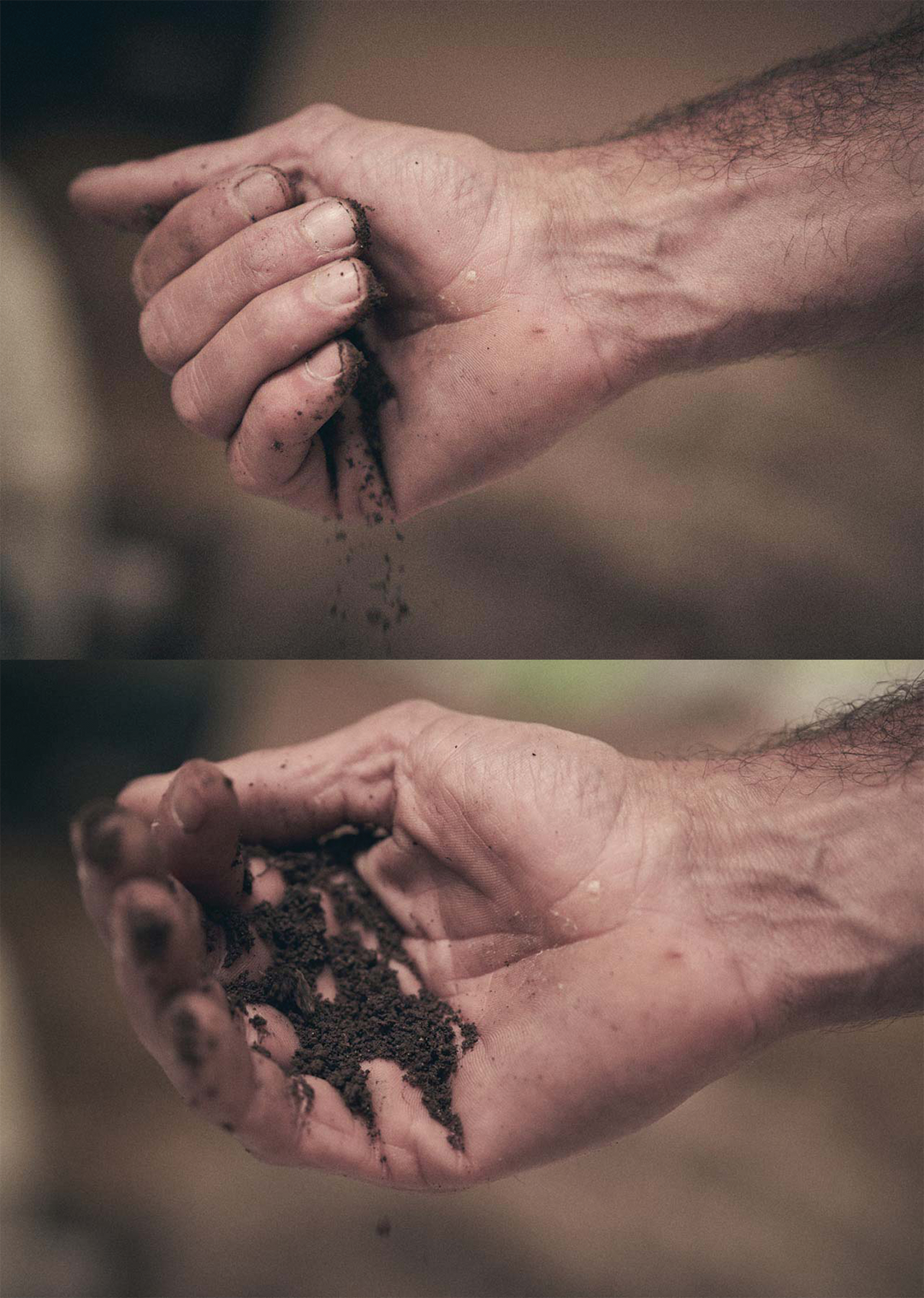
On the Shoulders of Giants – The Evolution of New Zealand Wine
“Standing on the shoulders of giants” — it’s an odd phrase. Your English teacher might’ve called it a ‘metaphor’. It’s one of those. All you really need to know is that it means using the progress of those who came before you to take your own steps forward. The most famous use of it appears in a 1675 letter from Isaac Newton: “If I have seen further [than others], it is by standing on the shoulders of giants.”
So, how does this relate to wine in New Zealand?
Well — in global wine terms, Aotearoa is both young and small. We produce just 1% of the world’s wine. Rewind a few generations, and you’ll find Dalmatian immigrants settling on Auckland’s fringes, planting orchards, vineyards, and opening shops to serve the local market. Names like Babich, Corban, Jakicevich, Nobilo, Fistonich, Soljan, and Mazuran are woven through the annals of our wine story. One example: Sir George Fistonich, who leased land from his father and, with just an acre of vines, produced Villa Maria’s first vintage in 1962.
Of course, if you read the story of New Zealand, working the land plays a starring role. A strong dairy industry — with producers skilled in managing large volumes of liquid in sterile environments, using refrigeration — lent us people (and gear) well-suited to making wine at scale. But if you want to talk about the evolution of NZ wine, there’s one varietal (and one region) you have to start with.
In the 1970s, one Auckland-based wine company would change everything. Frank Yukich of Montana Wines had the bold idea to buy farmland in Marlborough and plant Sauvignon Blanc. At the vine-planting ceremony, he declared: “Wines from here will become world famous.” Following Montana’s legacy, Kevin Judd, the original winemaker behind the now-iconic Cloudy Bay label, clearly agrees. “It doesn’t matter what we want to drink. The world wants Sauvignon Blanc — from this part of the world.”
Another member of those early migrant families, Michael Brajkovich MW of Kumeu River, became one of NZ’s most respected winemakers. He represents a generation who studied in Australia, then travelled and worked in Europe, bringing back Old World knowledge and blending it with the New World science that was being developed here. Practices we now take for granted — wild ferments using naturally occurring yeasts, barrel fermentation, ageing on lees — were cutting-edge back then.
As Michael put it: “A lot of it is handed down — you learn from your mentors. But now we’re not just working with ‘what the old man told you’. All of us have had the benefit of education, and that’s sped things up. Progress has been driven by science, education, and research.”
In the mid-1970s, Bill Irwin of Gisborne’s Matawhero winery also challenged convention, championing the introduction of new grape varieties and clones. His son Denis Irwin made wines in a converted chicken coop. Their 1978 Gewürztraminer is still considered one of the most revered bottles ever made in NZ. Now, Matawhero celebrates its 50th anniversary — a milestone worth noting.
Today, it’s not just our white wines gaining acclaim. In the 1980s, Rob Hay bought a farm in Central Otago with plans to plant vines. The now-famous quip — “Chard Farm as a vineyard is a waste of bloody good merino country!” — was overheard at the Royal Oak Hotel in 1987. Rob proved them wrong. Alongside pioneers like Alan Brady at Gibbston Valley, they showed how exceptional Pinot Noir from this southern region could be. “The sceptics who said it couldn’t be done have been silenced. Now the wine speaks for itself — as only wine can — to an ever-growing global audience.”
The 1960s, ’70s, ’80s… it’s not that long ago. And yet by 2020, NZ was exporting $2 billion worth of wine. We’ve come a long way — in viticulture terms, it’s the blink of an eye. Some names have faded, others have emerged, but New Zealand’s star keeps rising. Today, our Chardonnay, Syrah, and sparkling wines are also capturing global attention.
Check back next week — we’ll be diving into the new generation of winemakers: the ones who stood on those giants’ shoulders and continue building the future of New Zealand wine.


